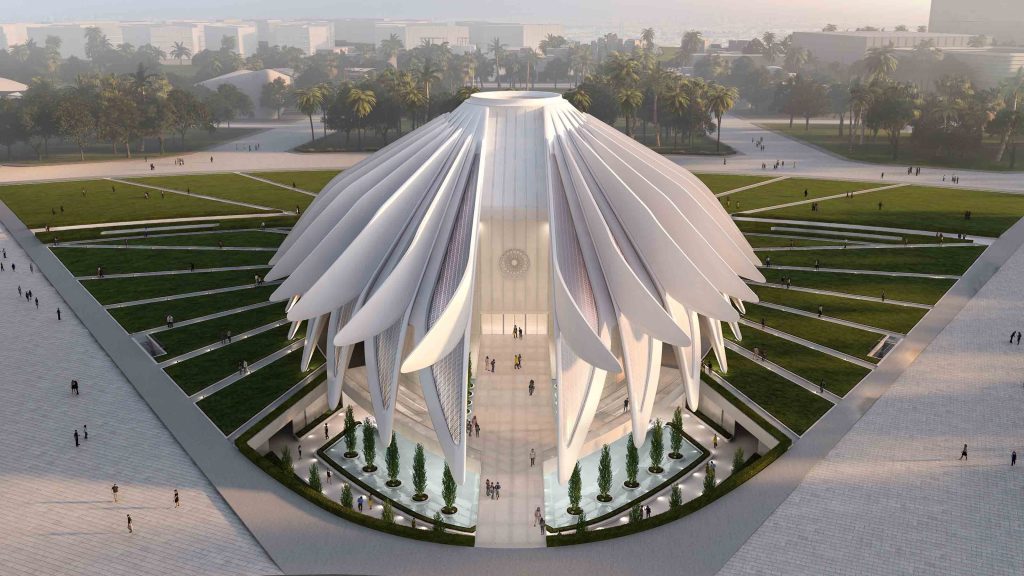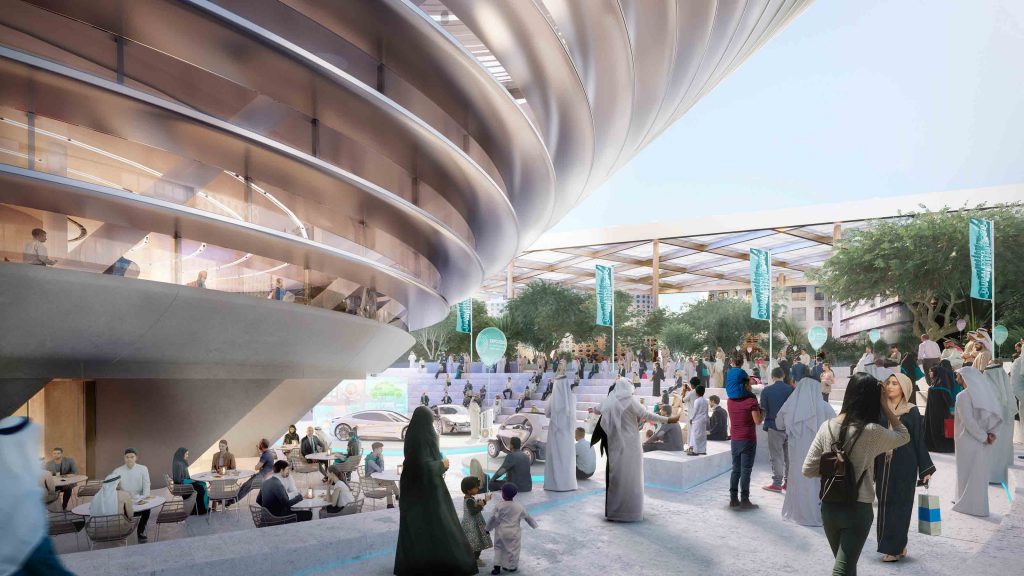Previewing Expo 2020 Dubai
We get an early tour of the UAE’s new, designed-for-Expo district

The first World’s Fair took place in 1851 under the title Great Exhibition of the Works of Industry of All Nations, at London’s Crystal Palace. Telescopes, the world’s biggest diamond, daguerreotypes, and pay toilets were some of main attractions. The event has been the reason for many impressive feats, perhaps the most famous being the Eiffel Tower, which was constructed for the 1889 fair in Paris. Next year (after the 2015 edition in Milan), Expo 2020 will take place in Dubai, UAE. It will involve building a new district; inviting the most countries; promoting commerce, industry, arts and culture; and fine tuning the tradition of the international exhibition. The theme for the event (which will run from 20 October 2020 to 10 April 2021) is “Connecting Minds, Creating the Future.”
During Dubai Design Week, we were invited to tour the Expo 2020 site and find out more regarding the events that will take place in the huge space—which is currently under construction. The numbers are impressive: 4.38 square kilometers of event space, 192 participating countries, 25 million visitors expected, 60+ live events per day, 200+ dining experiences involving the highest number of Michelin-starred chefs ever gathered in the same place.

The Expo site is divided into three themed districts—Opportunity, Sustainability and Mobility—and in the middle is Al Wasl Plaza. Designed by Adrian Smith + Gordon Gill Architecture, Al Wasl Plaza features a 150-meter diameter dome that can be transformed into a gigantic immersive projection screen. The structure is now ready and promises to become one of the most notable buildings in Dubai.

Next to it, visitors can get a glimpse of Santiago Calatrava‘s UAE Pavilion, whose shape is inspired by a flying falcon—the national emblem of the United Arab Emirates. The final building is taking shape under an intricate structure that will allow its “feathers” to move.

Terra, the Sustainability pavilion, resembles a sort of technological tree that will collect water and generate energy, courtesy of solar panels. Next to it, smaller round structures will be used to collect the sun’s energy as well. As the sunshine in the desert can be overwhelming, the walkways of the area are punctuated by funnel-line metallic structures, meant to create shade like palms in an oasis. Also, the tiny circular holes in the panels recall the Al Wasl Plaza and the Expo 2020 logo.

Beyond architecture, Expo 2020 will offer a vast program of live performances, site-specific artworks, as well as a series of design- and craft-oriented workshops and activities. Established international designers will be invited to collaborate with emerging UAE-based talent, focusing on local techniques and materials, such as embroidery, natural fibers, and sand. The resulting objects will be produced and made available for purchase in specific design capsules. The proceeds from sales will go to the UAE Designer Fund in order to foster local makers and small businesses.

This is just one of the legacies that Expo 2020 aims to leave to the city—along with District 2020, the new neighborhood that will take life after the event. After a transition period, in 2021 some temporary buildings will be removed, but most of what is currently under construction will be converted into offices, residencies, creative hubs, exhibition centers and retail spaces, continuing the best tradition of the World’s Fair, which is to continue to innovate and create.










